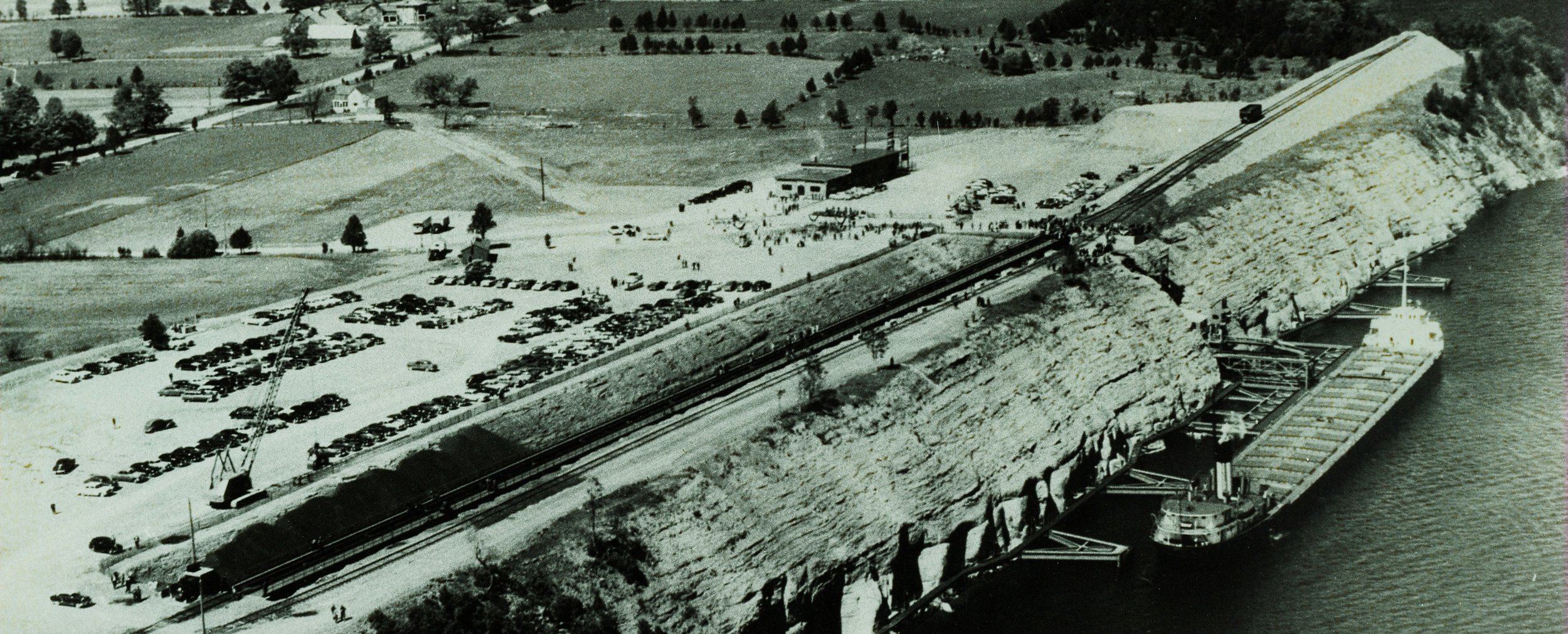OFF THE BOAT, TURN LEFT
/Have you ever stopped to think, "How did I get here?" What was the unique set of circumstances that fate packaged together especially for you? Here is a story by Pam (Armstrong) Phillips who came from Wales in 1953-54 and ended up in Deloro.
The Armstrongs 1953
In the summer of 1953 my parents, Thomas and Dorothy Armstrong were living in the small town of Bridgend, South Wales, U.K. Dad had returned from WWII, serving in the British Air Force as a rear gunner and spending most of his time in Egypt and was finding it hard to get work as a master carpenter, joiner, cabinetmaker.
They decided to immigrate to either New Zealand or Canada. They chose Canada and in 1953 Dad left from Liverpool, England travelling to Montreal on the"Empress of Australia" to the new world.
On the week long crossing he met two ladies who were returning from visiting their mother in England, the ladies, being Ivy Mantle (Mrs. George Mantle) of Marmora and her sister Helen Webber(Mrs. Guy Webber) of Ottawa. They struck up a friendship and Dad told them his story. He would land in Montreal and find work and then send for Mom, my brother and me. If he didn't find work quickly, he only had enough money for a return ticket to Wales
George & Ivy Mantle
Ivy made him promise that if he decided to return home that he would phone her first. Two weeks later he phoned Ivy and informed her that indeed he was going to have to return home. Ivy told him that there was a new mine opening up in Marmora and she was sure that if he would make the trip here, he could find work.
He did. Ivy and George took him (and us) under their wing and helped us through the early years getting accustomed to Canada. I remember climbing out of the window of their apartment onto the flat roof of Richards Restaurant and watching all the "doings" on the main street on Friday or Saturday night, so busy....but.....that's another story. They were the kindest people.
With the help of Buck Mantle(George Jr.) he started working at the mine in 1953. He went on to become a foreman in the pellet plant until its closure. He too was one of the men chosen from across Canada to go to Argentina for a year in 1977 (?) to train men in a new mine there.
n June of 1954 (seven months after arriving here) my Dad sent for the family to come to Canada. We too left from Liverpool to Montreal. Then a train ride to Belleville. Dad had fully furnished an apartment for us in Madoc, where we lived for a year then moved to Marmora and lived in several apartments including the old red brick high school (owned at the time by Earl and Marion Binch).
When Deloro closed and the houses went up for sale he purchased a semi-detached home with George Mantle buying the other side. (Purchase price$2,000.) Dad also spent two terms as Reeve of Deloro. Mom and Dad lived there until their deaths in 1993 and 2000 respectively.
So but for that chance meeting, where would I be?
I went on to marry Bill Phillips, who was born at the Lawlor Nursing Home in Marmora.
I am proud to say that Marmora is my "Home Town"
Pamela (Armstrong) Phillips
Phillip & Pam Armstrong 1952
1964
George Ivy and Shirley mantle submitted by R.J. Barnes
Empress of Australia




































